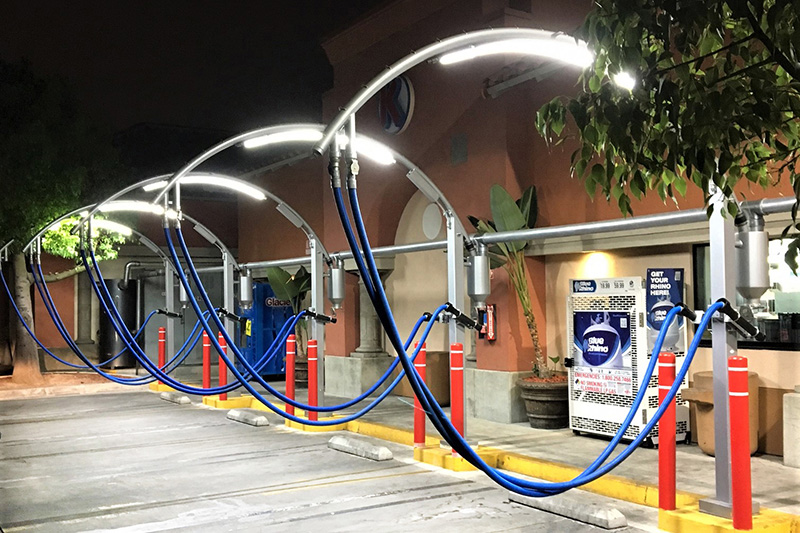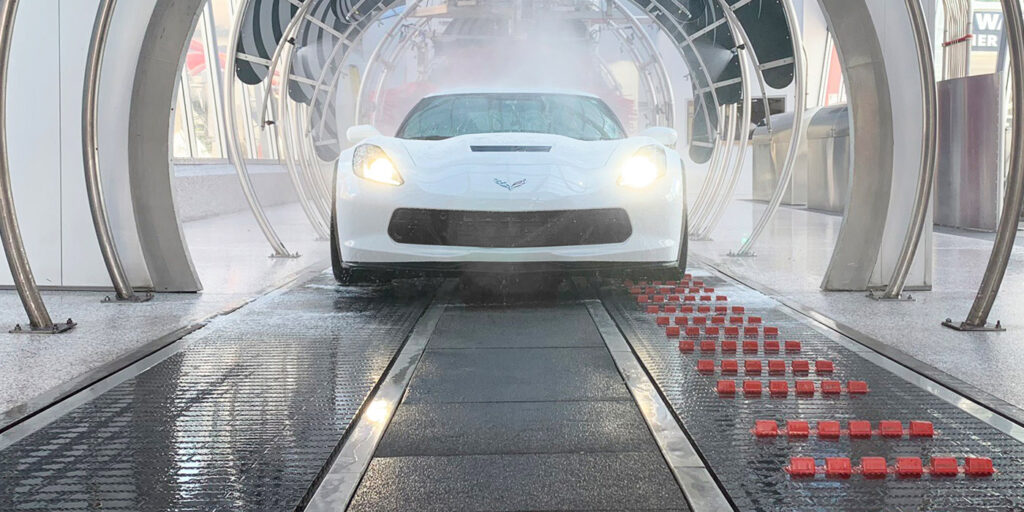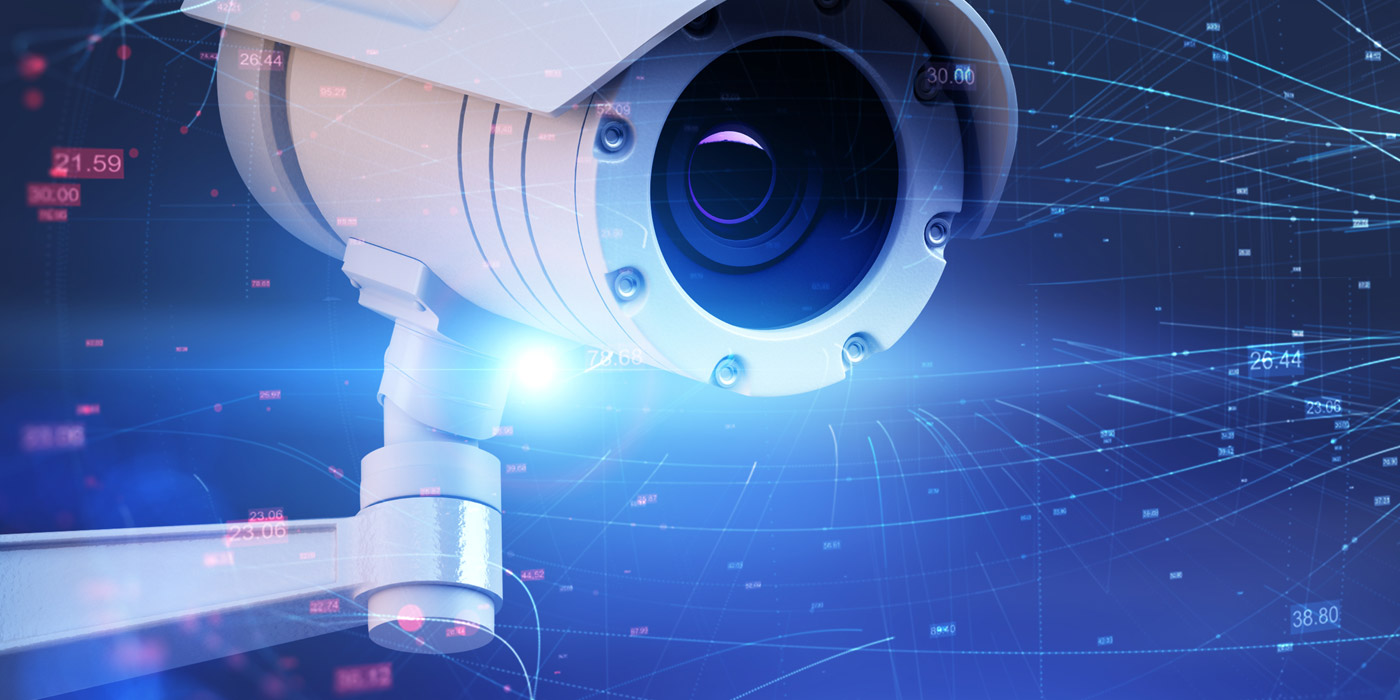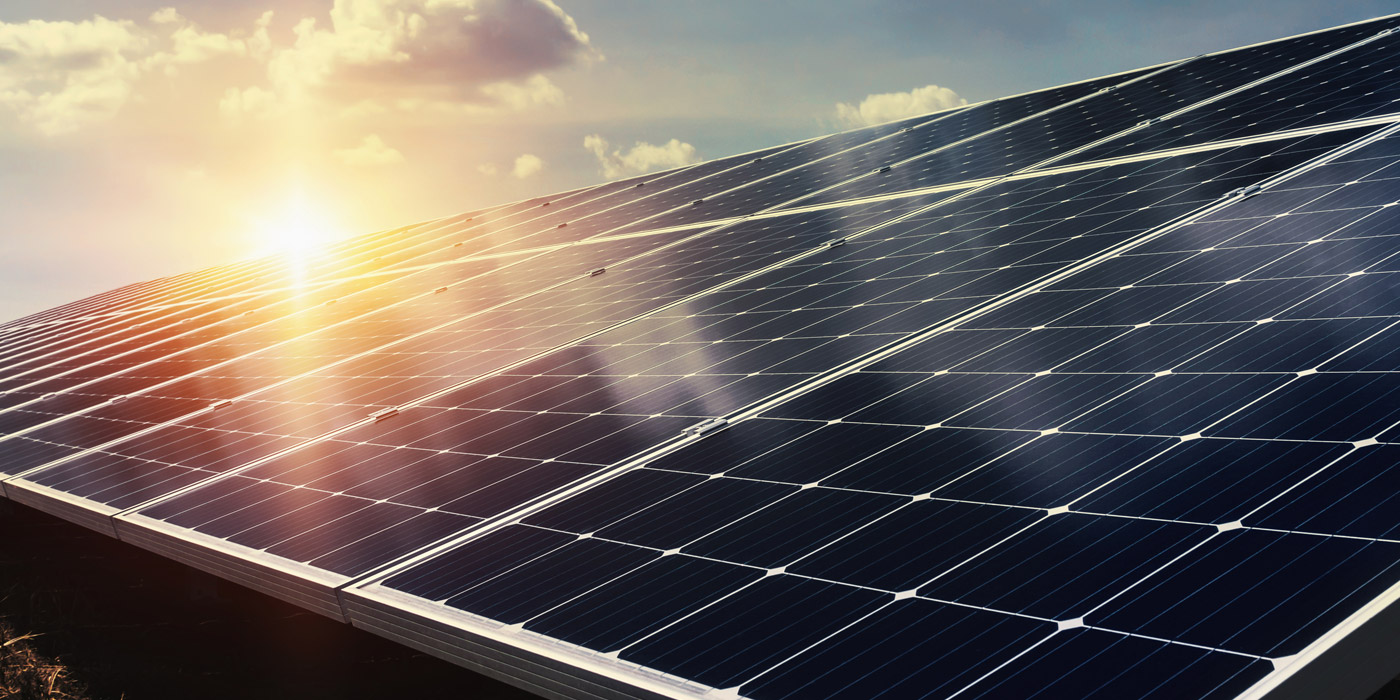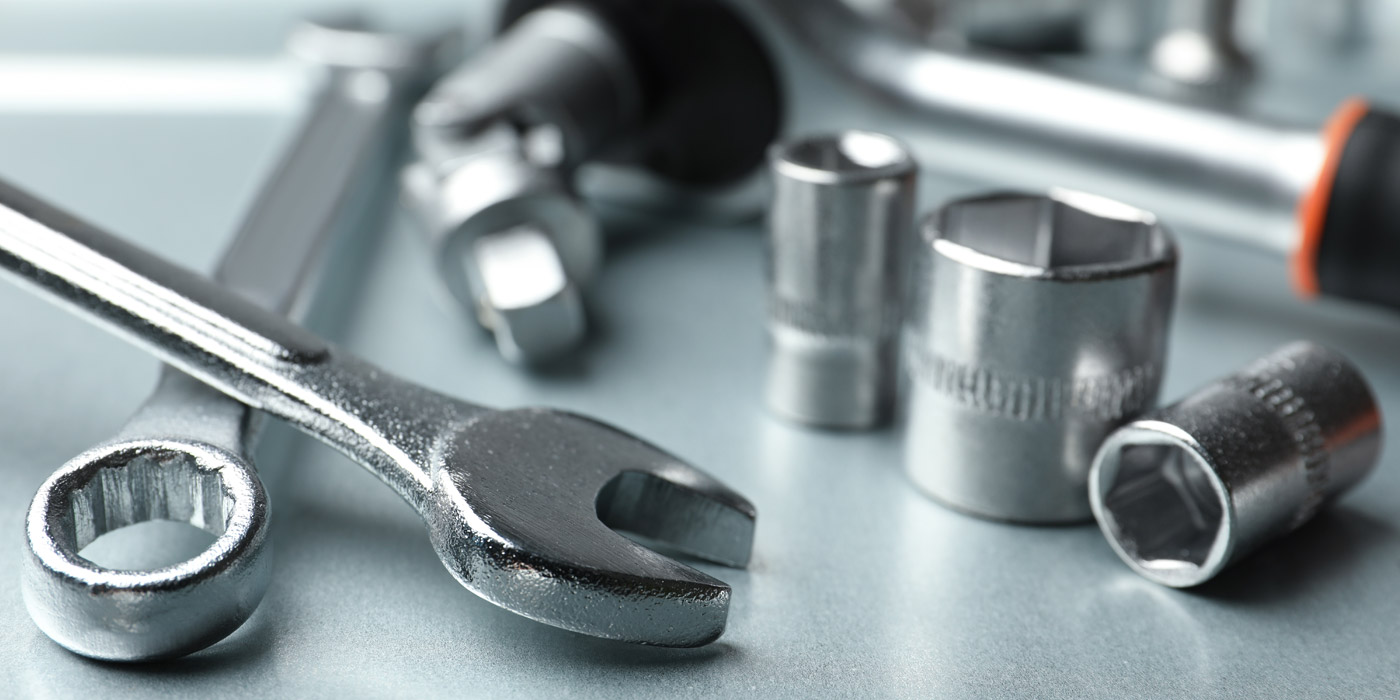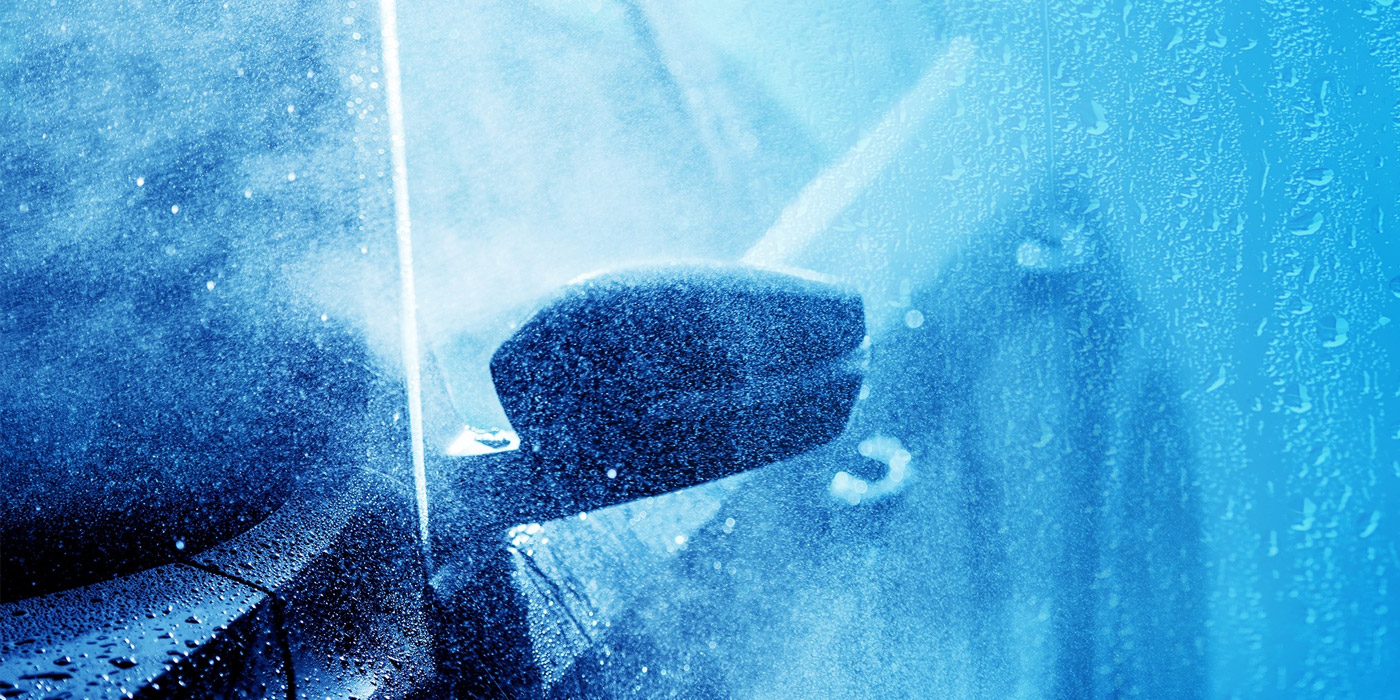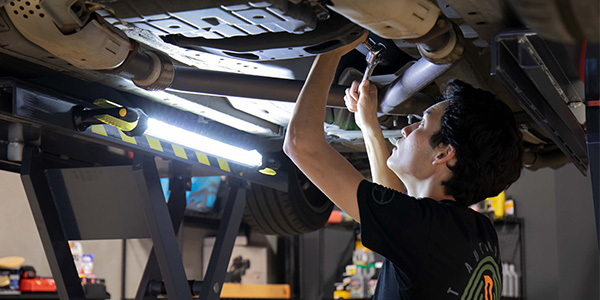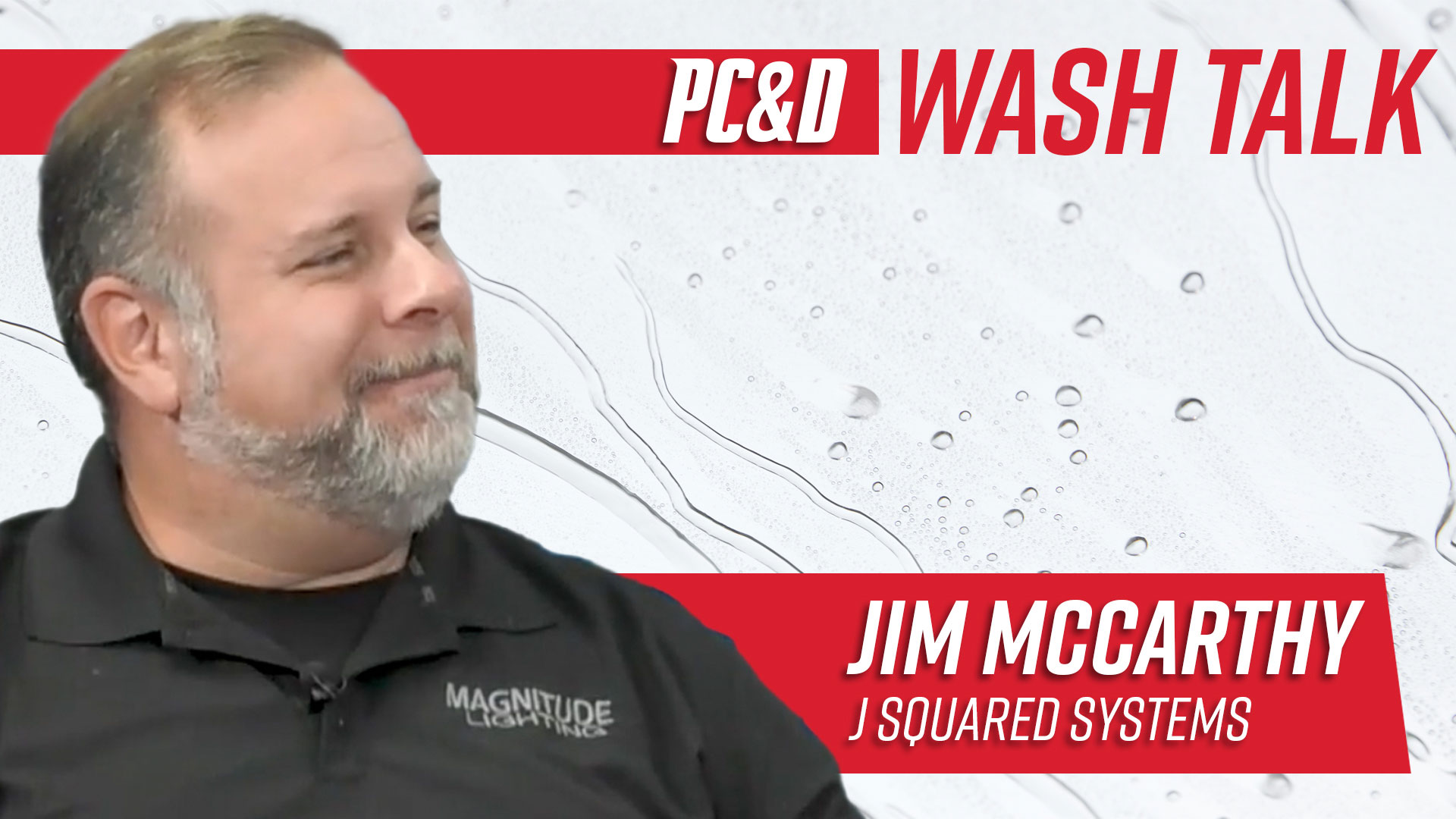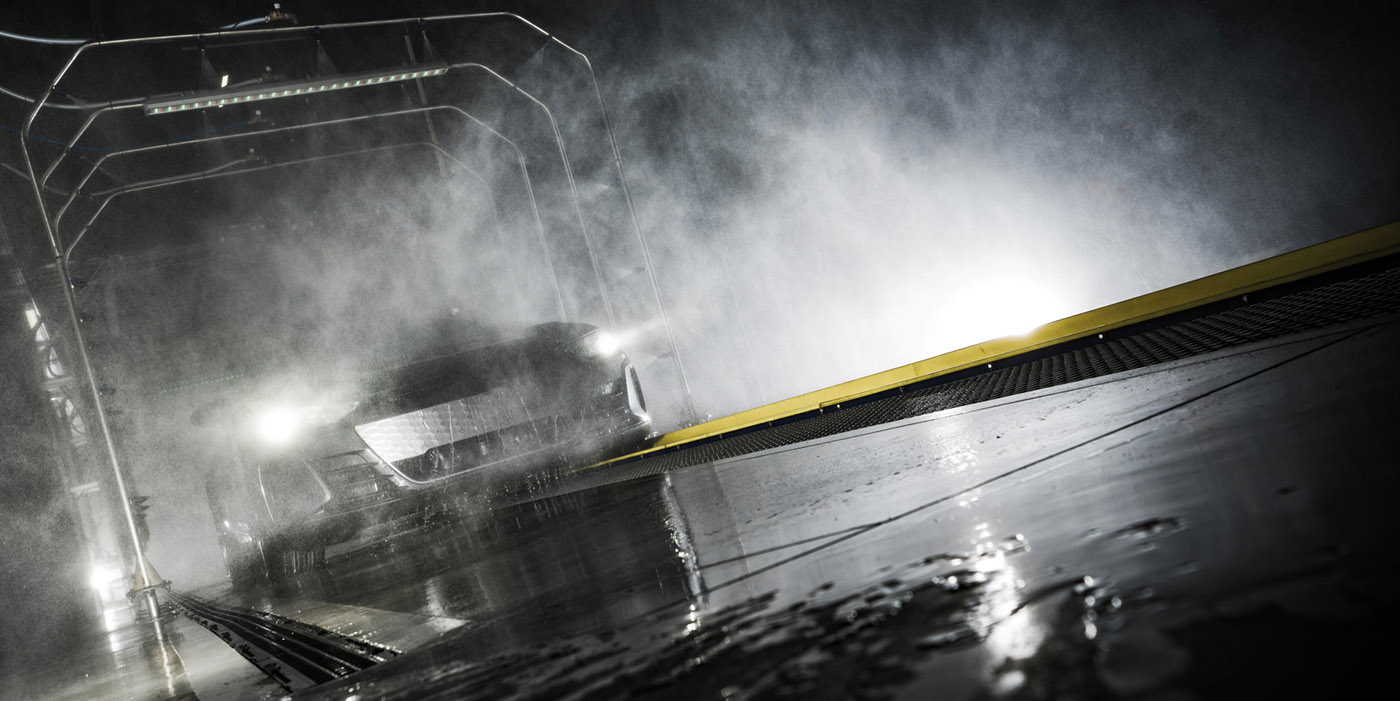As the U.S. economy continues its upward climb, more and more operators are seizing this positive fiscal opportunity to upgrade their wash locations. Carwash facilities across the market have made the move to modernize, and these refined sites now offer visitors numerous advantages over older car care businesses. From high-functioning wash equipment to increased site safety and security, these updated washes have become the preferred norm for a number of drivers.
Owners looking to create a new feel and functionality for their customers may wonder where their investments will have the most impact. One area many businesses have explored is replacing traditional light fixtures with new LED lighting options. Operators who installed LED fixtures have benefitted from a positive cost structure breakdown when replacing their traditional lighting equipment. Many LED fixtures have proven waterproof and durable, but what should a carwash owner expect when it comes to the return on investment (ROI), maintenance requirements, lighting effectiveness and energy costs?
Getting LED started
For operators interested in a lighting upgrade, the first step is to reach out to a professional lighting organization such as a lighting manufacturer, lighting agent or lighting retrofit specialist, according to Jason Baright, president of G&G LED Lighting. Some of these organizations can assist by creating a comprehensive lighting design and a photometric plan for a wash site, free of charge. In addition, 3-D renderings may be provided to help visualize the plan and allow an owner to tweak it as he or she sees fit.
“These plans will also help owners compare the LED upgrade to their current lighting in terms of brightness, energy usage, etc. These lighting organizations will also assist in identifying any available state or utility rebate programs available to the owner,” Baright reveals.
Owners looking for the best value when converting their lighting can perform some initial research using the internet, states Kyle Mann, vice president of marketing for ELEDLIGHTS.com. Some websites even include a free energy savings calculator on each product page. This tool can help owners who are starting their research get a quick and clear understanding of potential energy and cost savings.
Next, the operator should count the total number of fixtures he or she wants to replace and determine the wattage of each, if possible. Once this information is gathered, a company will be able to review the best replacement options and total cost as well as calculate a realistic payback period. Mann reminds car care business owners that there are many types of lights found on the typical carwash property. The list should include interior and exterior fixtures like those in tunnels/bays, offices, signage, waiting areas, parking lots, driveways, etc. One best practice here is upgrading the entire wash facility to ensure maximum energy savings as well as increased rebate opportunities.
Figuring ROI
As many carwashes have discovered, an investment in reliable and energy-efficient LED lighting will allow an operator to save time and money while freeing up resources for other areas of a business. That said, there are two questions that Mann notes should be considered when it comes to LED fixtures and calculating an estimated ROI:
- Is a carwash eligible for any rebates from its power utility company? Suppliers and distributors can often evaluate the rebate possibilities for a business, and any rebates will reduce the ROI time.
- Who will handle the LED installation? If a carwash’s maintenance staff can handle installation, that will also shorten the ROI timeline.
“On average, I estimate a payback period of 12 to 18 months without a professional installer, and I would add six to 12 months if you hire an installer,” Mann says. He adds that if the lighting products are under a five-year warranty, for instance, there should be between 30 and 48 months of positive ROI for an operator while the LED lights are still under warranty.
Related: Carwash utility bill and environmental savers
According to Baright, the cost of upgrading to LED lighting has dropped significantly over the last 10 years. A 100-foot carwash tunnel can now be upgraded with energy-efficient, high-quality, U.S.-made LED fixtures for less than $5,000 before rebates. The quality of LED technology and the fixtures’ energy efficiency has also increased dramatically.
Quality LED lighting fixtures consume roughly 25 percent of the energy used by metal halide and 50 percent of the energy used by fluorescent fixtures, Baright states. “That is to say that if a wash tunnel had 4500W of metal halide (12 320W MH), you can install around 1500W of LED to decrease energy consumption by two-thirds and considerably increase the brightness.”
Taking all this into account equates to an ROI of a little more than two years, Baright estimates. That said, after an owner factors in other advantages like the eliminated maintenance requirements and the increase in curb appeal, the resulting ROI time frame becomes less than two years.
Pushing light performance
The first noticeable difference after an upgrade to LED fixtures will be a dramatic increase in the perceived light quality within the wash bay or tunnel. Baright notes that colors appear to “pop.” White walls will appear whiter, cloth will appear newer and exiting vehicles will look cleaner. This appearance is due to the high CRI — or color rendering index — provided by high-quality LED lighting systems.
The next visible improvement will be an increase in brightness on the entire wash site. This advantage can change how the customers feel inside or around an existing wash, Baright states. Bright bays will always appear safer and more inviting throughout the night.
“This is a site upgrade that can have a dramatic appearance-boosting effect for the money,” Baright explains. “Gone is the dark and dingy tunnel, and instantly you have a bright, crisp white tunnel. The increase in curb appeal alone is worth the investment, even before you consider energy savings.”
Mann agrees that customers will appreciate the appeal of an attractive and well-lit carwash establishment. LEDs provide a cleaner, brighter and more natural light than incandescent, fluorescent, metal halide or high-pressure sodium lights. In addition, LED fixtures don’t degrade and lose brightness over time the way other lighting technologies do. On average, LED lighting will improve a site’s overall light level (measured in foot-candles) using approximately half the power of traditional lighting methods.
Fixtures fit for carwashes
In the past, there were no lighting options built specifically for a carwash environment; owners had to install what was available on the market. Baright notes that this included metal halide fixtures designed for lighting gas station canopies or vapor tight fixtures designed for general use in wet and damp locations. Yet, the carwash environment presents many unique challenges due to the chemicals used and the extreme relative humidity of the environment. Traditional plastics, paint and even glass do not hold up well when exposed to the aggressive, high-pH presoaks found in washes.
“Traditional plastic latches and lenses fade or crack, paint flakes off the metal and glass etches and becomes cloudy,” Baright says. But, Baright notes, there are now design fixtures crafted from the ground up that are made specifically for constant carwash exposure. “Go ahead, get them wet,” he adds.
Mann points out the durability of modern fixtures as well. Some modern lighting options are specifically made for carwashes and harsh environments, so they will last much longer than traditional lighting fixtures. Further, the electronic dimming capability of LED lighting systems has also opened the door to a wide variety of easy-to-implement, automated control systems. These control systems have paved the way for increased lighting convenience and additional energy savings.
Is maintenance needed?
Mann states that LED lighting systems should be maintenance-free, provided an operator purchases the right types of fixtures. Lights that are anywhere near the wash areas and that are used on the wash’s exterior should be IP65-rated, at the very least. There are vapor tight lights, parking lot lights and wall packs available that are all IP65-rated. They will withstand direct spray from washing equipment, let alone exposure to inclement weather and the elements.
LEDs should easily last at least 10 years without replacement or maintenance, as compared to the standard six-month replacement time of traditional fixtures, Mann notes. Even so, it’s always good to turn off lights that are not in use. Even though energy consumption is less with LEDs than standard lighting, it’s generally a good practice not to run lights longer than needed. The advanced control systems mentioned earlier contribute to additional energy savings and extended fixture life by automatically reducing power usage when it’s not needed.
Baright agrees that there is no regular maintenance required once an LED lighting system is installed apart from wiping down lens with soap and water when soiled. This is unlike “old-school” lighting technologies. “Gone are the days of routine bulb and ballast changes,” Baright concludes. “With a high-quality LED lighting system, you can expect more than 10 years of use with very minimal maintenance.”
Charles Brady is a freelance contributor.

